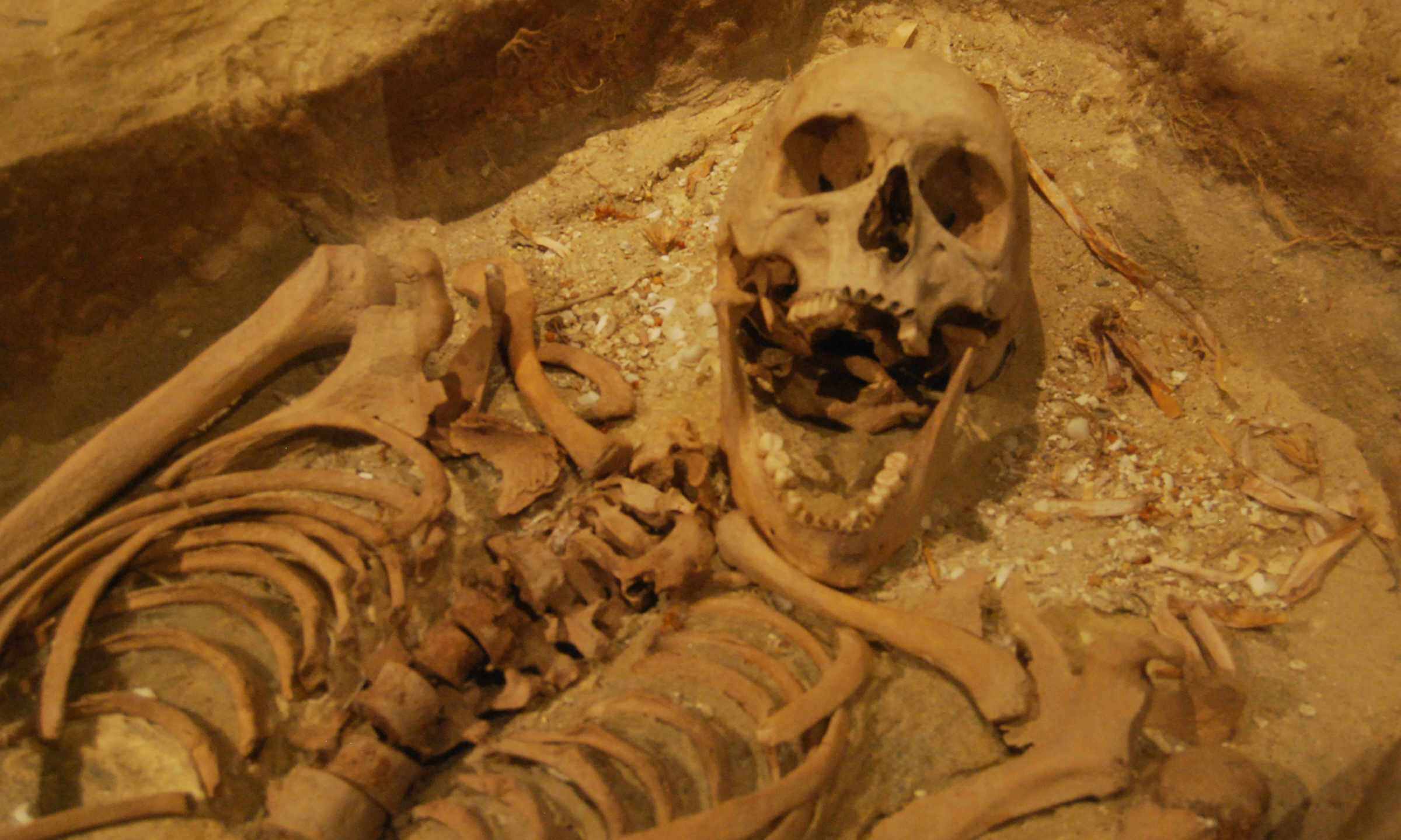The Dutch vessel, the Batavia, left Holland on her maiden voyage bound for the Dutch East Indies (today's Jakarta, Indonesia) ), on the 27 October 1628. There were 322 people on board and a wealth in silver coins and jewels.
.jpg) |
| Replica of the Batavia, during the filmshooting of De Scheepsjongens van Bontekoe, Ad van der Zee |
Plots and Piracy
The commander of the ship, Francisco Pelsaert, worked for the Dutch East Indies Company, but he did not know that Jeronimus Cornelisz, who also worked for the company and the ship's skipper, Ariaen Jacobsz, were plotting to mutiny and seize the Batavia, for piracy, and to steal all its precious cargo.
 |
| Rijksdaalder silver coins from the Batavia (1629) wreck. This part displayed in Geraldton Museum, Guy de la Bedoyere |
Shipwrecked
Before the conspirators could engage in this mutiny, the Batavia struck Morning Reef near Beacon Island, just off the coast of Western Australia.
Forty people drowned, but the rest of the passengers and crew managed to make it safely to nearby islands, in the ship's longboat and yawl. But it soon became apparent that there was a lack of safe drinking water on the islands.
Pelsaert, Jacobsz and some other crew members took the longboat and set off to find water. And even though they did find water, they did not return to the survivors of the shipwreck, but arrived at the island of Nusa Kambangan in Indonesia, 33 days later.
Meanwhile, back on the island, Cornelisz was in charge of the survivors. But he still had dreams of piracy and delusions of grandeur, and so, he decided to get rid of any possible challengers to his despicable plans. These people, mostly soldiers, were taken to islands further away in small boats and instructed to look for water, and, as part of the cunning plot, left there to die without food.
Forty people drowned, but the rest of the passengers and crew managed to make it safely to nearby islands, in the ship's longboat and yawl. But it soon became apparent that there was a lack of safe drinking water on the islands.
Pelsaert, Jacobsz and some other crew members took the longboat and set off to find water. And even though they did find water, they did not return to the survivors of the shipwreck, but arrived at the island of Nusa Kambangan in Indonesia, 33 days later.
Meanwhile, back on the island, Cornelisz was in charge of the survivors. But he still had dreams of piracy and delusions of grandeur, and so, he decided to get rid of any possible challengers to his despicable plans. These people, mostly soldiers, were taken to islands further away in small boats and instructed to look for water, and, as part of the cunning plot, left there to die without food.
Murder
Then began the ruthless killings, which were planned with great care, with the most hardy and strong people being murdered and buried at night. Some were thrown off rafts to drown and others, had their throats cut, and in one case, beheaded.
Then began the ruthless killings, which were planned with great care, with the most hardy and strong people being murdered and buried at night. Some were thrown off rafts to drown and others, had their throats cut, and in one case, beheaded.
 |
| One of the Batavia mutiny (1629) victims, excavated on Beacon Island and now displayed at Fremantle Shipwreck Museum, Guy de la Bedoyere |
A group of women was kept aside and used for the "common service" of these mutineering men.
Cornelisz ordered his twenty or so, fellow mutineers, to carry out killings of at least 110 men, women, and children. Cornelisz was only directly responsible for trying to poison and then, strangling, a baby.
Cornelisz ordered his twenty or so, fellow mutineers, to carry out killings of at least 110 men, women, and children. Cornelisz was only directly responsible for trying to poison and then, strangling, a baby.
The soldiers, led by Wiebbe Hayes, who had been left to die on the nearby island, had managed to find water and food, but they didn't know about the scenes of horror taking place under the direction of Cornelisz until informed of the butchery by other survivors fleeing the massacres.
Attack
Cornelisz decided to attack the soldiers after he heard that they had found water and food sources. But the soldiers were prepared, as they had built forts and fashioned weapons and they managed to defeat the mutineers in several battles, eventually taking Cornelisz hostage.
Cornelisz decided to attack the soldiers after he heard that they had found water and food sources. But the soldiers were prepared, as they had built forts and fashioned weapons and they managed to defeat the mutineers in several battles, eventually taking Cornelisz hostage.
The mutineers retreated and then attacked again, but Wiebbe Hayes and his men prevailed. Amazingly, at this point, a rescue ship carrying Pelsaert arrived and Cornelisz was handed over.
Cornelisz’ men did not surrender until Pelsaert threatened to sink their boats. Then a trial was conducted. However, as Dutch law required the confession of a crime before execution, the men were interrogated and tortured until they signed confessions. Cornelisz had to be tortured five times before he confessed.
Cornelisz’ men did not surrender until Pelsaert threatened to sink their boats. Then a trial was conducted. However, as Dutch law required the confession of a crime before execution, the men were interrogated and tortured until they signed confessions. Cornelisz had to be tortured five times before he confessed.
Justice Served
Seven of the mutineers were hanged, some had their hands cut off before hanging, and two of the youngest, Wouter Loos and Jan Pelgrom de Bye, were sentenced to be marooned on the Australian mainland. This made them the first Europeans to permanently live on the Australian continent. They were never seen again.



